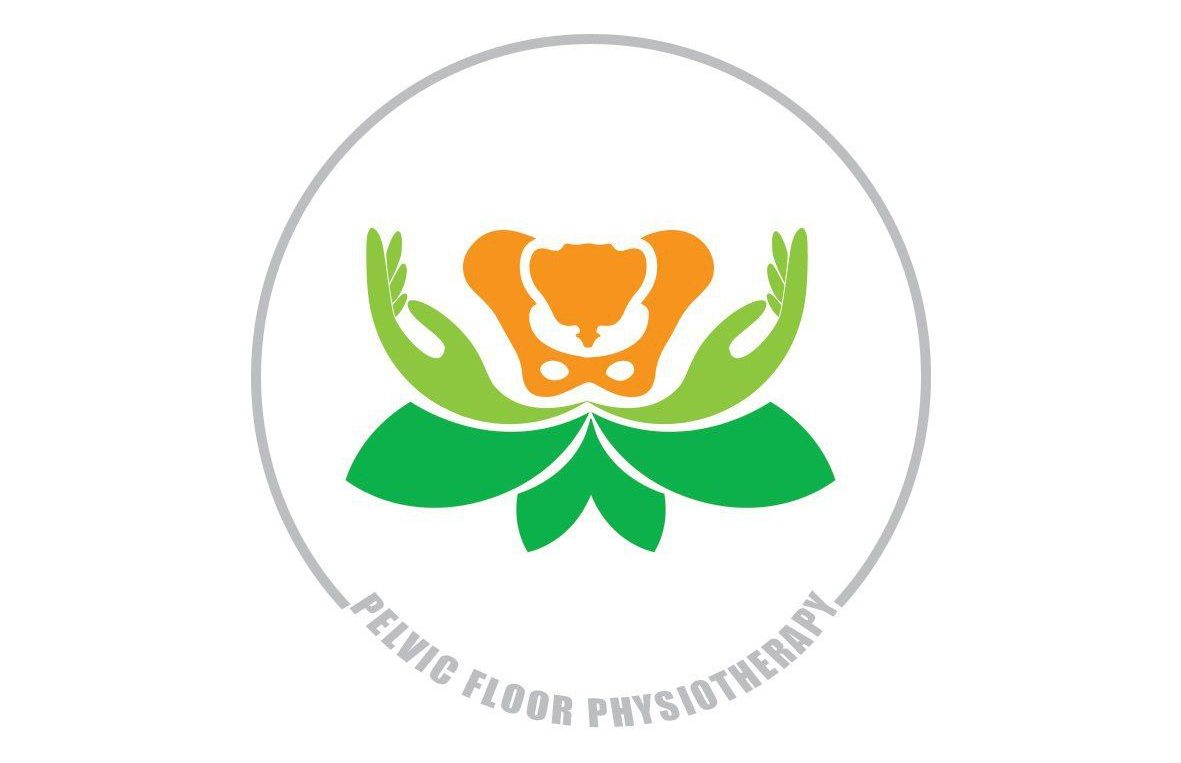Seyedeh Saeideh Babazadeh-Zavieh1,2, MSc; Behnoosh Vasaghi-Gharamaleki3*, PhD; Afsaneh
Nikjooy4, PhD; Seyed Mohammad Jafar Haeri5, PhD; Javad Sarrafzadeh4, PhD
A B S T R A C T
Background:
Obesity is known to be an important risk factor in the development
of UI (urinary incontinence). Physiotherapy (exercise therapy and biofeedback)
has been presented as a common treatment for the improvement of UI. Pelvic
floor physiotherapy (PFPT) with weight loss (WL) may significantly improve
UI in obese women. This study aimed to compare the effects of PFPT with and
without WL on UI symptoms in obese women.
Methods:
This non-randomized clinical trial was performed with 51 middleaged
obese women with UI. Twenty-nine women in the PFPT group received
12 sessions of PFPT, and 22 women in the PFPT+WL group received 12 sessions
of PFPT and nutritionist recommendations for WL. The outcome measures
included anthropometric measurements, strength and endurance of pelvic floor
muscles, intravaginal pressure (IVP), international consultation on incontinence
questionnaire (ICIQ-SF), visual analog scale (VAS), and quality of life (QOL).
All measurements were taken at baseline and after the 12-session treatment.
Results:
The PFPT+WL group had a 4.95 kg weight loss (P<0.001). Strength
and endurance of PFM, IVP, ICIQ UI-SF, VAS, and QOL showed significant
improvement in both groups (P<0.001). The ICIQ UI-SF and total I-QOL in
the PFPT+WL group were significantly different from those in the PFPT group
(P=0.015, P=0.033, respectively), (95% CI: 2.23-5.10 vs. 2.85-5.35 and 180.48-
214.67 vs. 164.13-203.39, respectively).
Conclusion:
The proposed protocol of applying PFPT with WL compared to
PFPT alone led to more significant improvement in UI severity and QOL in
middle-aged obese women with UI.
2022© The Authors. Published by JRSR. All rights reserved.
